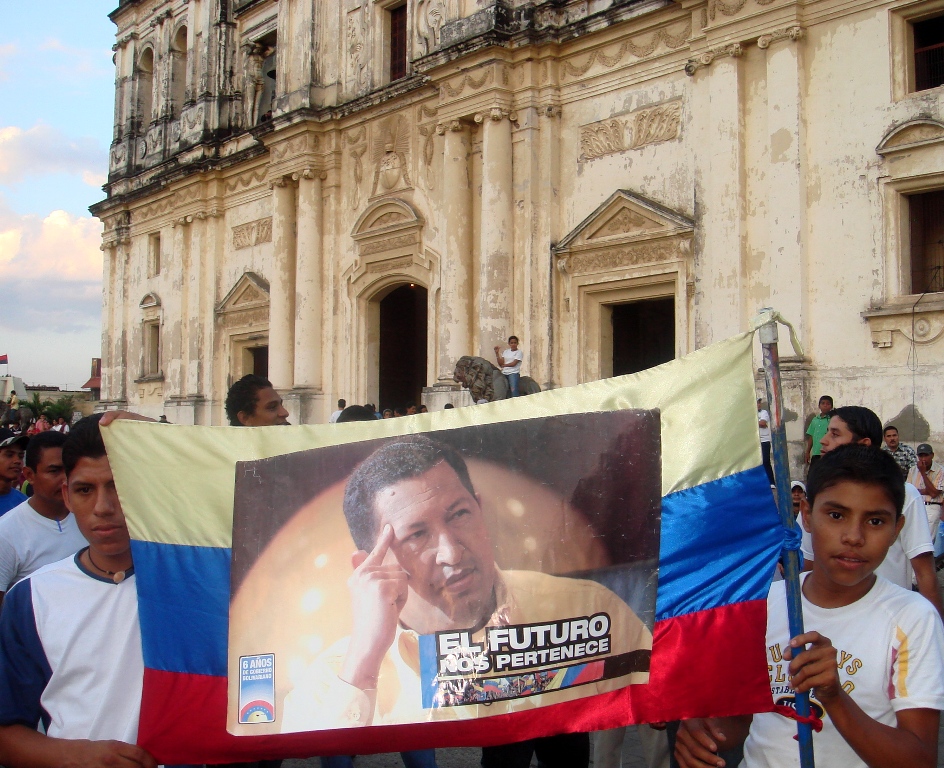More than 20 years after Nicaragua's Sandinista Front for National Liberation (FSLN) got voted out of office in 1990, ending a tumultuous decade of revolutionary politics and counterrevolutionary war, Daniel Ortega—Ronald Reagan's mustachioed Cold War nemesis from the '80s—is back in power leading what he claims is a "second phase of the Sandinista revolution." Yet despite the socialist trappings and rhetoric of the past, Nicaragua and its Sandinista handlers have very little in common with their erstwhile revolutionary selves. Now, the region's former economic basket case has become the unlikely poster child for the U.S.-Central American Free-Trade Agreement (CAFTA), IMF structural adjustments and economic growth. Sandinista businessmen have become the new masters of Nicaragua's nascent economy.
But as the economy flowers, democracy is wilting on the vine. After returning to power democratically in 2007, Ortega and his inner circle have systematically dismantled the country's institutional democracy and undermined constitutional checks and balances, culminating with his unconstitutional reelection last November. Ortega now wields total control over all four branches of government and has subjected state institutions to his cult of personality. Critics claim Ortega is rolling back Nicaragua's hard-fought democratic gains and pushing the country toward a situation that looks increasingly like the dynastic rule previous to its revolution. Some fear Nicaragua is repeating a cycle that ends in social unrest and upheaval. In "Nicaragua Rewind," Tim Rogers will look at these issues and ask: Will the country finally break from its violent cycle of autocratic rule and armed pushback?






